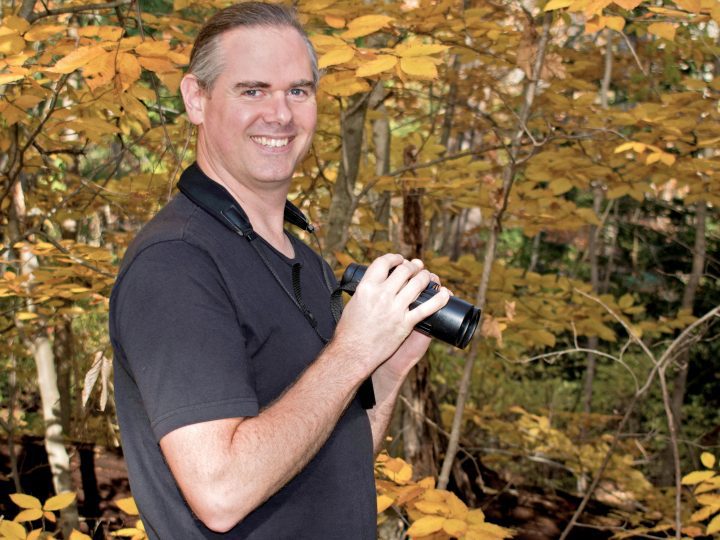Chris Tessaglia-Hymes
Field Applications Engineer
Expertise
Nocturnal Migration • Night Flight Calls • Bird Sound Analysis
I am responsible for maintenance and upgrades to our fleet of oceanographic research instruments, and I work with our engineers to provide suggested improvements or when quality issues have been identified.
Our group designs customized autonomous audio recording devices to be placed in natural environments around the world. These passively listen for and record the sounds of anything from sensitive animal species to ambient anthropogenic noise. My primary involvement in recent years has been working with our oceanographic research instruments (Rockhoppers and MARUs/Pop-ups), with peripheral involvement supporting our terrestrial research instruments (Swifts).
I have long had a personal interest in avian acoustics, which increased as a result of my early involvement with sound analysis at the Bioacoustics Research Program (now the K. Lisa Yang Center for Conservation Bioacoustics) after starting here in 1998. My primary interest is the nocturnal flight calls of migrating passerines. By placing a skyward-pointing microphone on my home rooftop, I can record all the calls made during spring and fall migration by unseen birds passing overhead at night. By hand-browsing my audio data, using our Raven sound analysis software, I soon gain a virtual picture of the migration activities of these birds traveling on their long journeys north or south. I’m particularly interested in the nocturnal migration and the night flight calls of Black-billed Cuckoos, whose late spring and early summer migration behaviors are poorly understood.
I’ve long had an interest in birds and bird watching and have participated in the Ithaca Christmas Bird Counts since I was a youngster. My involvement at the Cornell Lab of Ornithology began as a work-study student in Bird Population Studies in 1992. After working on various Lab projects such as Project FeederWatch, Project Tanager, Project Thrush, the Cerulean Warbler Atlas Project, and National Audubon’s Seabird Restoration Program, among others, I found my place in the Bioacoustics Research Program during the summer of 1998, and have been working proudly here ever since.
Education
B.S., Natural Resources, Cornell University
Favorite Encounters
I was involved in providing extensive oceanographic equipment support for filming several scenes in the documentary Racing Extinction, which was an inspirational experience for me.
One of my work-related projects landed me in New Zealand on four different occasions, which remains one of my more favored places to have visited.

